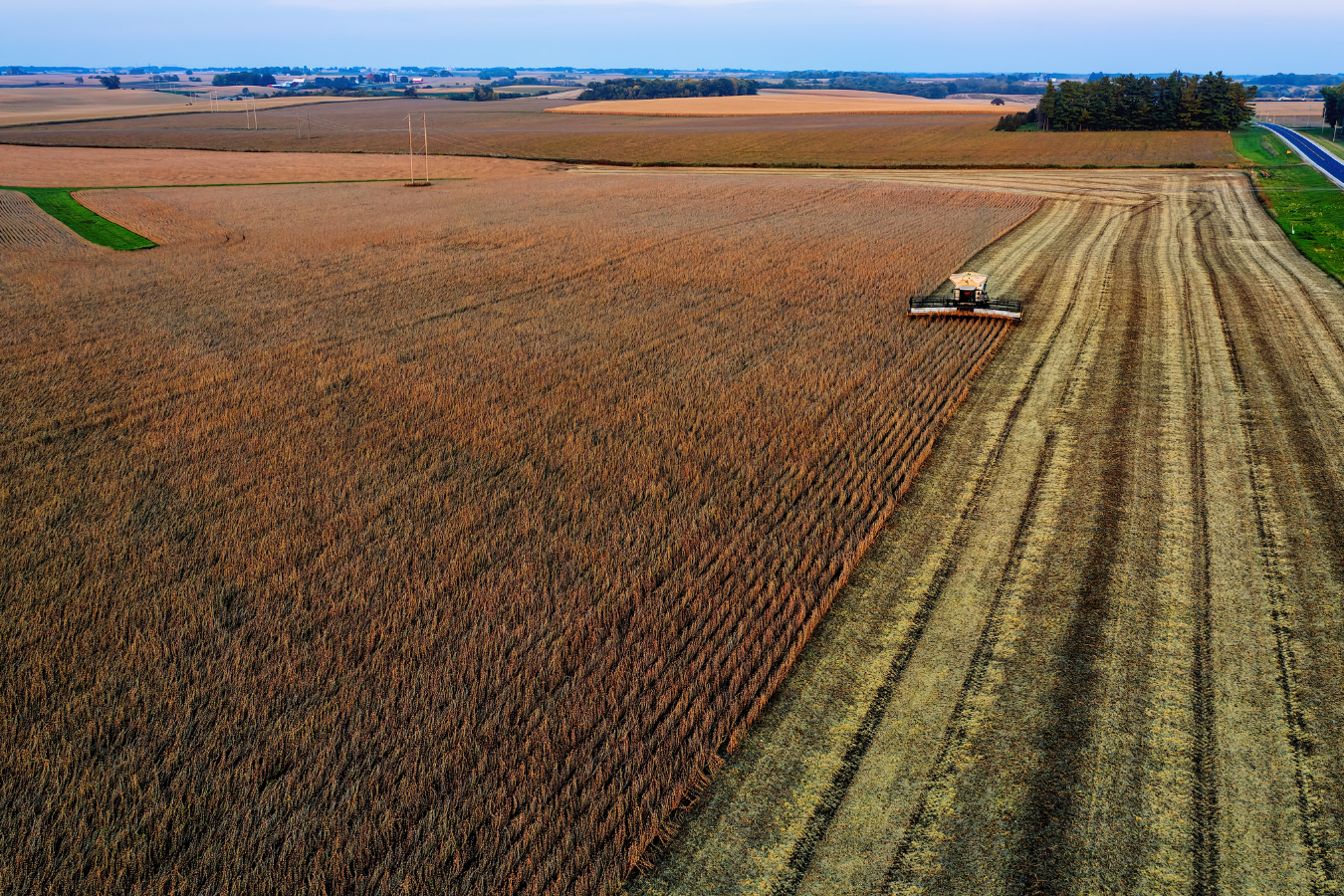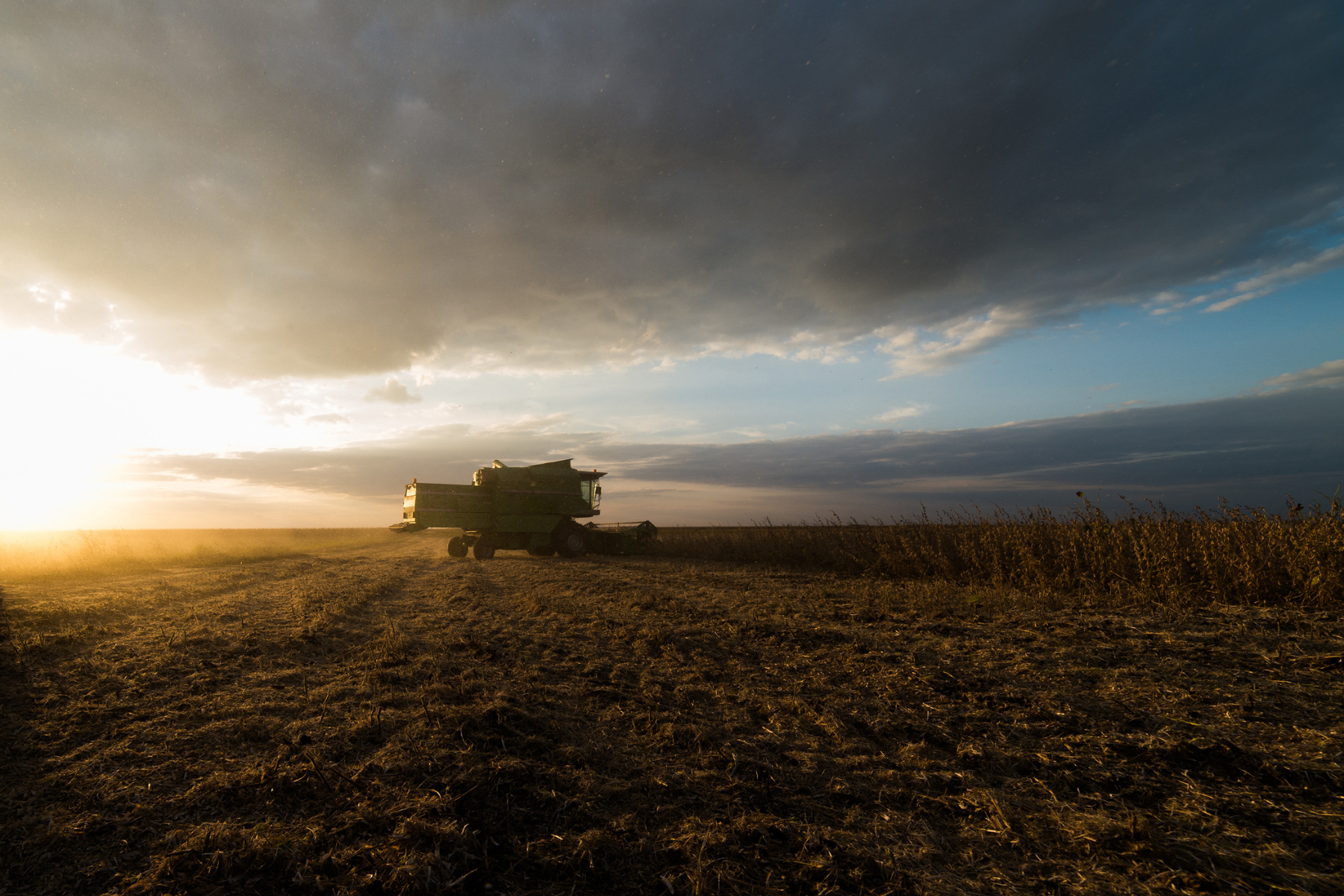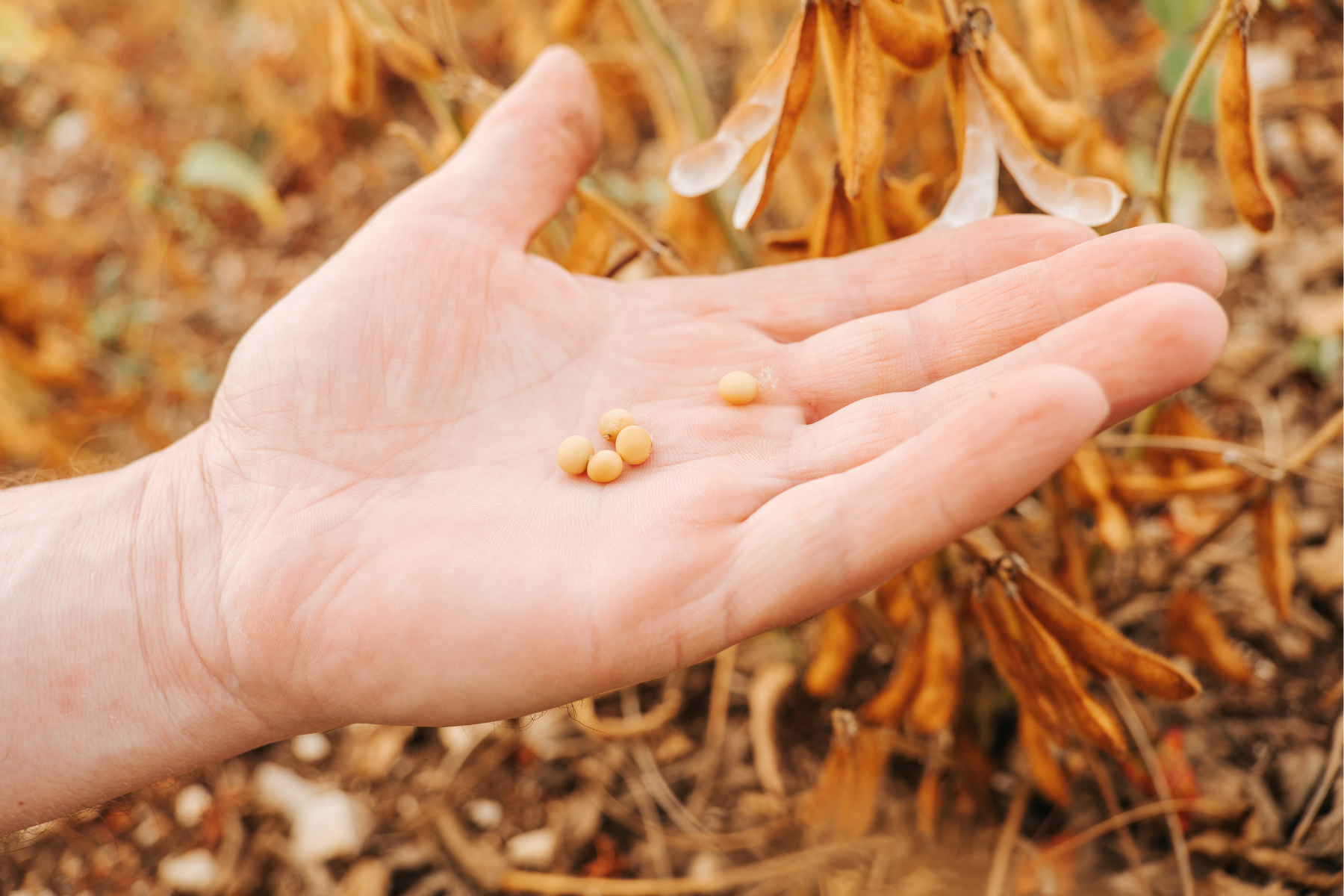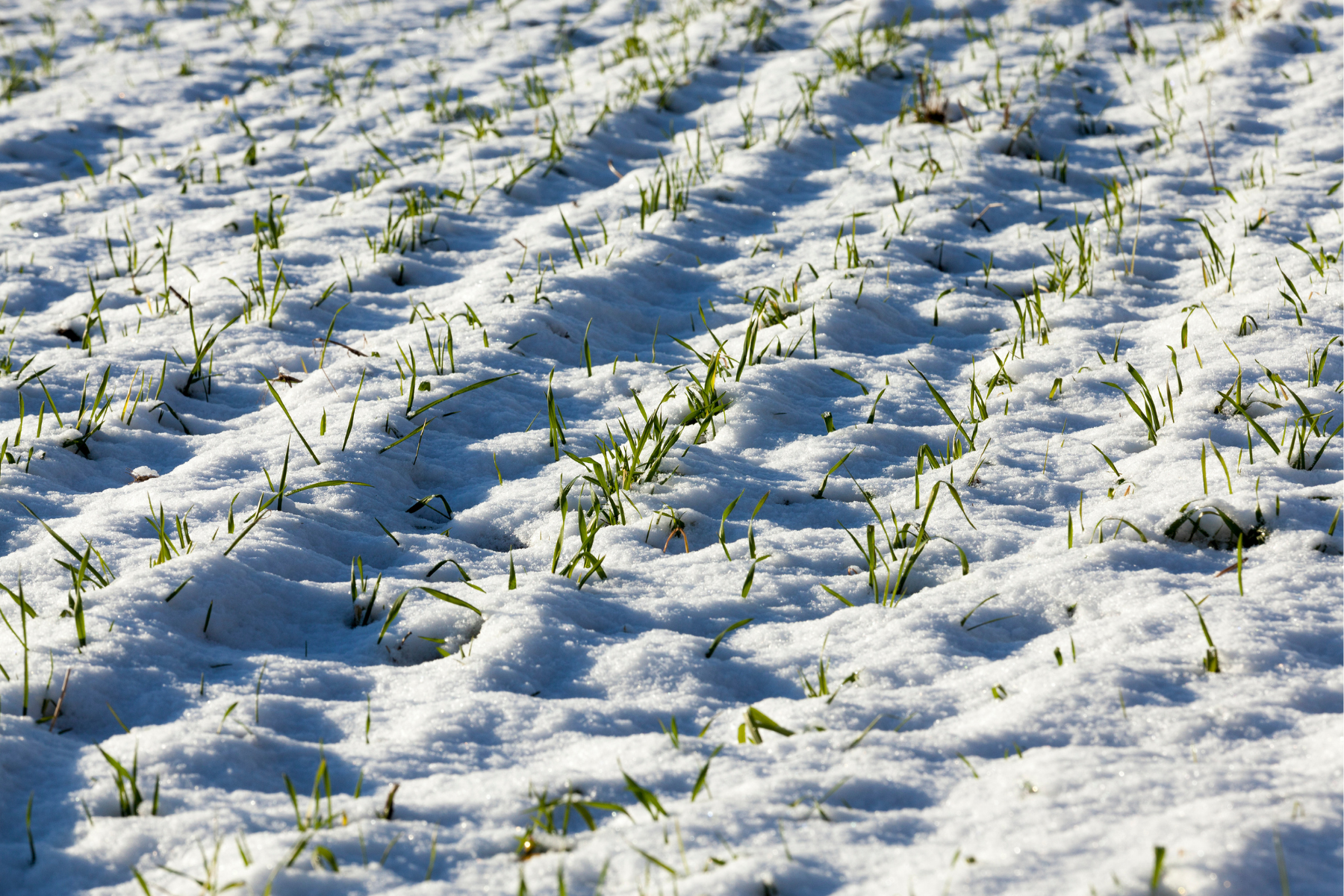By Emily Marchand, Sylvite
Fall P & K Applications and the 4Rs
Fall is an excellent time to set your fertility program up for success. Applying phosphorus (P) and potassium (K) after harvest not only helps balance workloads between seasons but also aligns fertilizer investment with post-harvest revenue, optimizing cash flow. With next spring’s window getting tighter every year, fall applications can provide flexibility and peace of mind knowing the work is already done.
That said, the value of a fall application starts with data. Soil testing should be your first step—especially when fertilizer prices are high. Accurate soil tests allow for precise nutrient recommendations, preventing unnecessary costs and improving long-term soil fertility management.
Pairing soil data with variable rate application (VRA) technology further enhances efficiency. By applying nutrients where they’re needed most, VRA supports the 4R Nutrient Stewardship principles—Right Source, Right Rate, Right Place, and Right Time—ensuring every pound of fertilizer delivers a return.
The “Right Time” principle is especially critical for fall applications. While P and K are less mobile than nitrogen, application timing and placement still matter. Consider soil moisture, compaction risk, and erosion potential. Fall-banded or incorporated applications help protect nutrients from runoff and loss while ensuring they’re available for spring uptake.
Finally, ensure your yield targets are realistic. Overestimating yield potential can inflate fertilizer recommendations, while underestimating can limit productivity. Use multi-year yield data and local agronomic insights to fine-tune recommendations that reflect your farm’s true potential.

Cover Crop Establishment: Making the Most of the Post-Harvest Window
Post-harvest offers an excellent opportunity to establish a cover crop that supports soil health, nutrient retention, and overall system resilience. But species selection and management must align with your goals and your next crop.
If you’re new to cover crops, start simple. Choose one species that fits your rotation and doesn’t require specialized equipment. This allows you to gain experience without overcomplicating management. Once you’re comfortable, you can begin experimenting with multi-species mixes or targeted blends that serve multiple objectives.
Your cover crop goals should guide your species selection:
- Nitrogen fixation – Red clover is an excellent option but requires herbicide termination in spring.
- Weed suppression and erosion control – Oats provide rapid fall biomass and typically winterkill, requiring no active termination. However, in milder winters, we have seen cover crop oats survive. They are relatively easy to control, if addressed early in the season with glyphosate.
- Soil structure improvement – Species like tillage radish or annual ryegrass can help with compaction and rooting depth.
Each species or mix comes with its own establishment and termination considerations, so always plan ahead for how and when termination will occur—and how it fits with the following crop.
Seeding date and post-harvest conditions are also key. In Ontario, timely planting is critical for successful establishment, particularly in cooler or shorter-season regions. Aim to seed immediately following harvest to maximize growth before frost.
For growers looking to fine-tune their selection, the Midwest Cover Crop Council (www.midwestcovercrops.org) offers excellent tools, including a cover crop selector tailored to your region and rotation. Many conservation authorities and agricultural programs also provide grant funding for implementing cover crops, helping offset seed and establishment costs.
Final Thoughts
Both fall fertility and cover cropping are about long-term planning and resource efficiency. By combining soil testing, precision application, and thoughtful cover crop selection, Ontario growers can improve soil health, optimize nutrient use, and set themselves up for stronger, more resilient crops in the spring.
Sylvite’s agronomy team is here to help you evaluate your fields, interpret soil test results, and plan 4R-compliant fall fertility programs that fit your goals.



